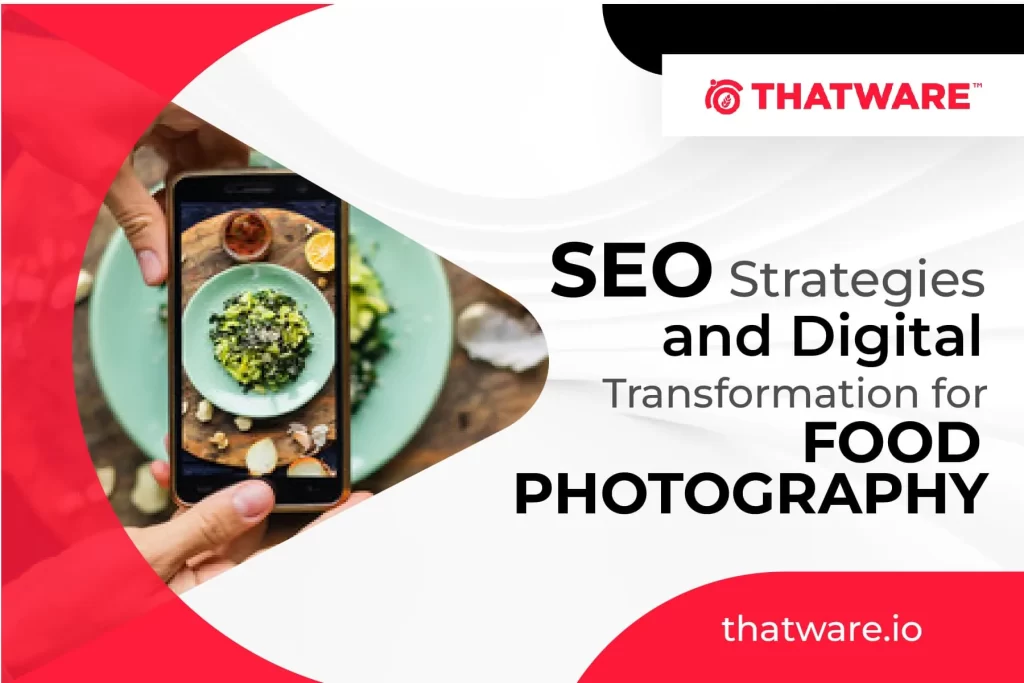Your food photography business won’t be successful unless you’re taking the right steps to attract new customers and keep existing ones returning for more. When you optimize your business for search engines, you will increase your chances of attracting organic search engine traffic. This, in turn, helps you earn more clicks, which means more clients and more sales for your business. This strategy will show you the five best ways to optimize your food photography business for search engines using tips that have worked well with our clients.
- Use descriptive and keyword-rich titles
1. Write blog posts about topics related to your food photography business.
2. Use catchy and descriptive headlines in order to draw readers in and encourage them to click through.
3. Include keywords in your post title, headline, and throughout the content if possible.
4. Use long-tail keywords (aka secondary keywords) that are specific but not too competitive, so you have a better chance of ranking on the first page of Google’s search results pages (SERPs). Some examples of keywords that can help your photography business rank well on SERP include food photographer, portraits, events, or chef.
5. Craft an engaging introduction sentence or paragraph to capture attention and intrigue readers with what they will learn from reading the rest of the post.
6. Use strategic internal linking by inserting links within text in order to connect pieces of text together and link back to other useful information on your website.
- Watermark your photos
If you are running a food photography business, it’s time to start watermarking your photos. Watermarks are a great way of protecting your work from theft. Not only that, but they also have some really positive effects on search engine optimization. The following are the five best ways to optimize your food photography business with watermarks:
1) Include a copyright statement in the lower right-hand corner of every photo with your name, the year, and what media type it is (e.g., Copyright Jane Smith 2018).
2) Include the same copyright statement in small letters at the bottom of each page or post on your website where you display images created by yourself or others.
3) Add an image credit line under every image that displays someone else’s work. You can use their name, followed by Flickr, Pinterest, Instagram, etcetera.
4) Place a watermark over any copied image to prevent it from being used without permission.
5) Avoid using copyright-free images unless you own the rights to them because this can cause legal troubles later on down the road if someone decides they want to use your picture without permission and make money off it.
- Use tags
Google My Business is a free and easy way to build your business presence on Google. With GMB, you can share information like store hours, photos of your business, and much more. You’ll also be able to respond to or review customers’ reviews from within the app!
1) Add a professional profile photo.
2) Add a detailed business description that includes what you offer and what sets you apart.
3) Link as many of your listings as possible (Google+ page, website, Yelp page).
4) Include your address in the listing so people can find you on the map. 5) Choose appropriate categories to maximize visibility and ranking potential. Categories should include food & Drink, Health & Beauty, Lifestyle, photography, etc.
6) Offer specials! Promotions are a great opportunity to engage with your customers on social media.
- Optimize your website’s Alt text
Your website must be optimized for search engine crawlers. One way to do this is by adding alt text, also known as alternate text, into your website images. Alt text will help you rank higher in search engine results pages by providing more information about the images on your site. Including alt text will also give visitors with screen readers a better experience of your website content.
Alt text should contain keywords relevant to the image and should not repeat other textual elements on the page or the web page title tag. The ALT attribute should also include descriptive phrases that describe the contents of the image, such as a photo of our red cake, so someone reading your site can quickly identify what they’re seeing without loading it first. The ALT text should be less than 200 characters.
If you want even more traffic to your blog post, promote it on social media using tools like Buffer, Hootsuite, or Instagress! Make sure to post it at different times during off-peak hours, so people don’t get bored. Posting at 5 am when most people are still sleeping won’t result in much engagement!
- Create a Google My Business listing
Google My Business is a free and effective online tool that lets you tell people about your business and connect with customers. With Google My Business, you can manage your business’s information on Search, Maps, and Google+. A complete Google My Business listing helps customers find your business more easily.
1. Add the address and phone number of your business.
2. Include a description of your products or services.
3. Add photos or videos of your products or services so potential customers can better understand what they’re getting before they enter the store!
4. Make sure to include links to your website and social media profiles to be found online and in person!
